Elena & Fabrice's Web
m (→Anglo-Saxons) |
m (→Charles I & II) |
||
| Line 43: | Line 43: | ||
* {{thisday|29|May|1660}}: Charles II is restored to the throne. | * {{thisday|29|May|1660}}: Charles II is restored to the throne. | ||
* {{thisday|6|February|1685}}: Charles II dies and [[James II]] accedes to the throne. | * {{thisday|6|February|1685}}: Charles II dies and [[James II]] accedes to the throne. | ||
| + | |||
| + | <center><wz tip="Detail of the key moment of Charles II's great escape, remembered on the chimney of the nearby Boscobel house.">[[File:RoyalOak-22Jan2023-4.jpg|400px]]</wz></center> | ||
== Industrial revolution == | == Industrial revolution == | ||
Revision as of 21:29, 22 January 2023
Contents |
History of the British people
Prehistory
Romain Britain
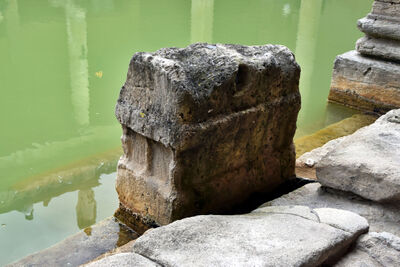

Vikings
Anglo-Saxons
There were three dominant Anglo-Saxon kingdoms: Wessex, Mercia and Northumbria.
Some of the finest Anglo-Saxon art can be admired in the Church of St Mary and St Hardulph in (previously) Mercia's Breedon on the Hill.

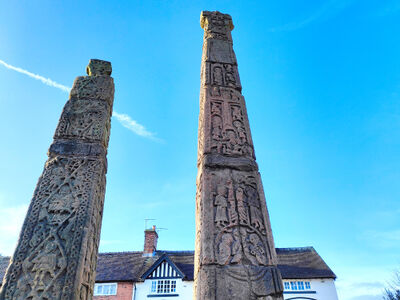
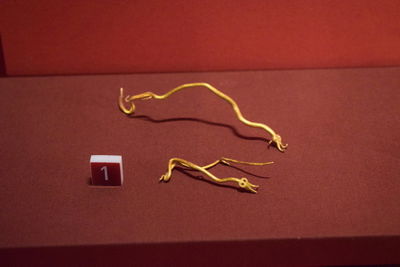
Norman conquest and Middle ages
Tudor Britain
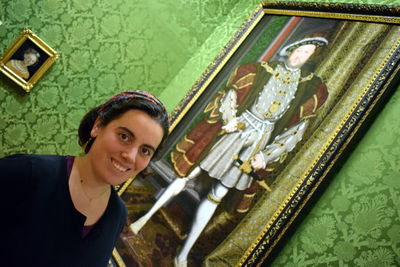
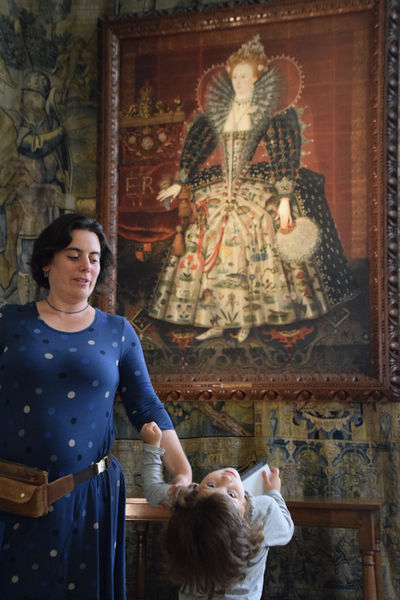
Civil war and revolution
Charles I & II
- 10 March (1629): Charles dissolves Parliament and starts an 11-year period of personal rules.
- 22 August (1642): Civil War begins as Charles I raises his standard at Nottingham.
- 5 May (1646): Charles I surrenders to the Scots.
- 30 January (1649): Charles I is executed at Whitehall, London.
- 1 January (1651): Charles II is crowned king of Scotland.
- 3 September (1651): Final battle of the English Civil War with Cromwell defeating Charles II in Worcester.
- 29 May (1660): Charles II is restored to the throne.
- 6 February (1685): Charles II dies and James II accedes to the throne.
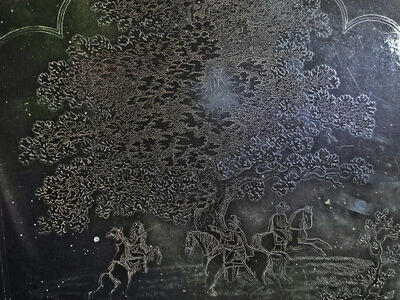
Industrial revolution
British Empire
Victorian Britain
Queen Victoria reigned from 20 June (1837) till 22 January (1901).
World War I
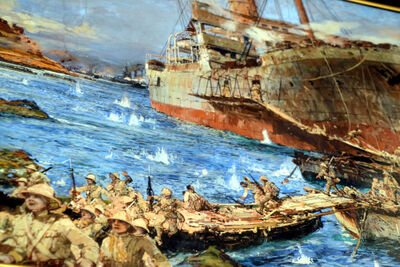
World War II
